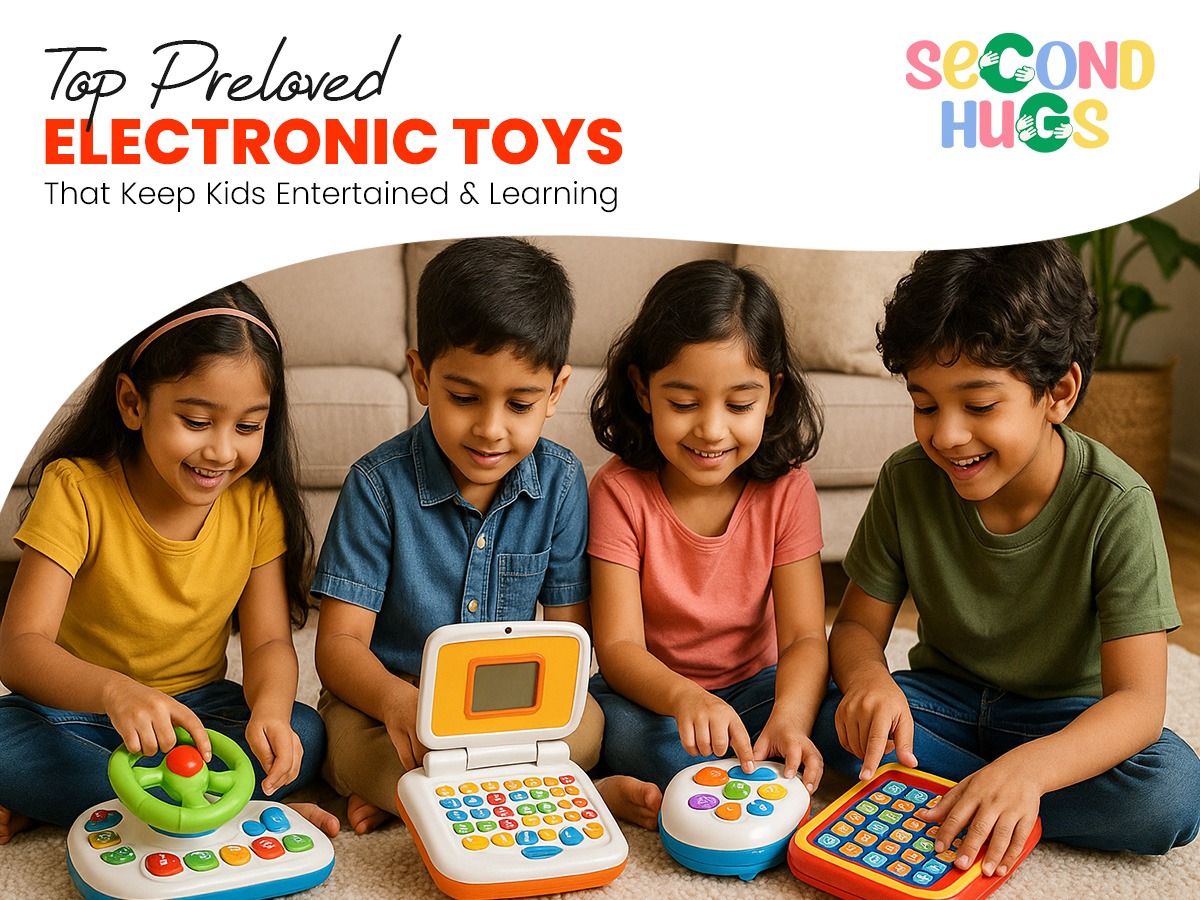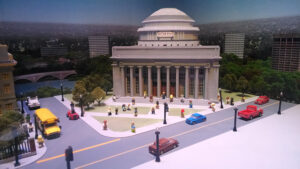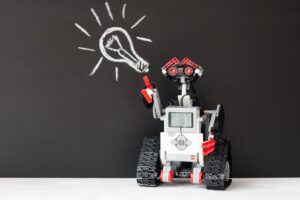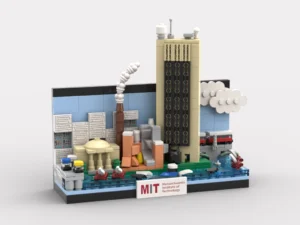MIT’s LEGO: How Bricks Spark Innovation, Education, and Research
Introduction: MIT and LEGO — A Creative Partnership
The Massachusetts Institute of Technology (MIT) is known worldwide for pioneering science, engineering, and technology. LEGO, the Danish company famous for its colorful interlocking bricks, has a different reputation: play, creativity, and childhood joy. At first glance, these two worlds might seem separate — one academic, the other playful. Yet, their collaboration has profoundly transformed education, robotics, and even business innovation.
The synergy between MIT and LEGO is a story of how play fuels discovery, how engineering meets imagination, and how learning through building became a global movement. From the invention of LEGO Mindstorms to ongoing research in the MIT Media Lab, the partnership redefines what it means to “learn by making.”
This article explores MIT’s LEGO journey — its origins, iconic projects, influence on STEM education, role in research, and future directions.
The Origins of MIT’s LEGO Connection
The collaboration traces back to the late 1980s and early 1990s, when Seymour Papert, a South African mathematician and co-founder of the MIT Media Lab, introduced the idea of constructionist learning. Papert believed children learn best by building, experimenting, and creating — not just by memorizing.
Papert’s philosophy aligned perfectly with LEGO’s mission. Together, MIT researchers and LEGO engineers started working on a project that would merge programmable robotics with LEGO bricks.
This led to the birth of LEGO Mindstorms, a product line that changed both robotics education and LEGO’s business trajectory.
LEGO Mindstorms: MIT’s Most Iconic LEGO Contribution
When LEGO Mindstorms launched in 1998, it wasn’t just another toy. It was a breakthrough. Powered by MIT’s programmable brick technology — developed under Papert and his students — Mindstorms allowed kids and hobbyists to build robots using LEGO parts and then program them to move, sense, and respond.
Key Innovations
-
The RCX Programmable Brick: A small computer developed at MIT, enabling users to write code and control robots.
-
Drag-and-Drop Programming: Inspired by Papert’s LOGO programming language, making coding accessible to children.
-
Interdisciplinary Appeal: Adopted by schools, universities, and hobbyists for teaching robotics, AI, and engineering.
Educational Impact
LEGO Mindstorms became more than a product; it launched competitions like FIRST LEGO League (FLL), where students worldwide design robots to solve real-world problems. Today, millions of students engage with robotics through LEGO kits inspired by MIT research.
Mindstorms also paved the way for STEM (Science, Technology, Engineering, and Math) education to gain global traction.
MIT Media Lab and LEGO: Beyond Mindstorms
The MIT Media Lab, a hub for creativity and interdisciplinary research, has continuously worked with LEGO on various projects. Their philosophy is simple: learning happens best when people are actively engaged in designing, building, and experimenting.
Scratch Programming
While not directly LEGO, Scratch — developed at MIT Media Lab’s Lifelong Kindergarten group — complements LEGO robotics. Scratch’s drag-and-drop coding platform aligns with Mindstorms’ accessible programming style, letting children transition from physical robots to virtual coding.
LEGO Serious Play
In collaboration with MIT researchers, LEGO also developed LEGO Serious Play (LSP), a methodology where professionals use LEGO bricks for business strategy, problem-solving, and team building. This tool, influenced by MIT’s work in creativity and innovation, expanded LEGO’s role from classrooms to corporate boardrooms.
MIT’s Research on Play and Learning
MIT doesn’t view LEGO merely as a toy; it sees LEGO as a tool for cognitive development, creativity, and innovation.
Constructionism in Action
Seymour Papert’s constructionism (building knowledge through building things) remains the foundation of MIT’s LEGO work. Instead of rote learning, children experiment by constructing objects, testing ideas, and fixing mistakes — all with immediate feedback.
Play as a Serious Activity
The MIT Media Lab emphasizes that play isn’t the opposite of work; it’s the foundation of meaningful learning. LEGO bricks embody this philosophy — they provide a medium to explore math, science, engineering, and design in a playful context.
AI and LEGO
Recent MIT research explores AI-enhanced LEGO systems. Projects integrate computer vision and machine learning, enabling LEGO robots to recognize objects, adapt behavior, and teach students advanced concepts like reinforcement learning in approachable ways.
The Global Influence of MIT’s LEGO Projects
The impact of MIT’s LEGO innovations reaches far beyond Cambridge, Massachusetts.
In Schools
LEGO Education, influenced by MIT’s research, develops curricula and kits aligned with 21st-century skills: critical thinking, problem-solving, collaboration, and coding. Schools worldwide incorporate LEGO-based learning into science and technology classes.
In Competitions
-
FIRST LEGO League (FLL) — Founded with inspiration from MIT’s LEGO research, it now engages over 400,000 students annually across 110 countries.
-
Competitions encourage teamwork, innovation, and problem-solving, echoing MIT’s values of collaborative learning.
In Homes and Makerspaces
MIT’s influence normalized the idea that LEGO isn’t just a toy for children but a platform for creativity. Adults and hobbyists use LEGO robotics kits in makerspaces, engineering projects, and even art installations.
LEGO and MIT in Business & Industry
Interestingly, the MIT–LEGO partnership also impacted business.
-
LEGO Serious Play workshops are now used by Fortune 500 companies, startups, and government bodies to brainstorm and prototype ideas.
-
MIT Sloan School of Management has studied LEGO as a case in innovation, resilience, and co-creation with customers.
-
LEGO Mindstorms sparked a DIY robotics revolution, leading to startups in educational tech and hobby robotics ecosystems.
Criticism and Challenges
Despite its successes, MIT’s LEGO projects also faced challenges.
-
Cost Barrier: LEGO robotics kits are often expensive, limiting access in underfunded schools.
-
Overemphasis on Technology: Critics argue not every child connects with robotics; creativity also thrives in art, music, and storytelling.
-
Commercialization Concerns: Some educators felt LEGO’s collaboration with MIT blurred lines between education and corporate profit-making.
MIT addressed some of these through open-source initiatives like Scratch and by encouraging more low-cost learning tools.
Future of MIT’s LEGO Collaboration
The partnership continues to evolve with new technologies. Some future directions include:
-
AI-driven LEGO Systems: Robots that can learn from interactions, offering children exposure to next-generation machine learning.
-
Sustainability Research: MIT and LEGO exploring biodegradable bricks and eco-friendly manufacturing.
-
Immersive Learning: Integration of LEGO robotics with AR/VR environments, letting students simulate real-world systems.
-
Global Accessibility: Expanding affordable LEGO-inspired kits in developing countries.
MIT’s LEGO vision is clear: learning through play will define the next century of education.
Why MIT’s LEGO Collaboration Matters
MIT’s LEGO story is more than a tale of bricks and robots. It represents a philosophy — that creativity and play are essential for innovation.
-
It democratized robotics, giving children a chance to be engineers and scientists.
-
It reshaped education, inspiring the global STEM movement.
-
It influenced industries, proving that play-based methods enhance problem-solving even in business.
Ultimately, MIT’s LEGO projects remind us that imagination is as vital as intelligence. Just as MIT researchers and LEGO bricks came together to spark a revolution, the future belongs to those who can build, tinker, and reimagine the world — one brick at a time.
Conclusion
“MIT’s LEGO” is not simply a collaboration; it’s a revolution in thinking about education, creativity, and innovation. By uniting MIT’s academic rigor with LEGO’s playful creativity, the partnership created tools that inspire millions — from children building their first robot to executives reimagining their company strategy.
As we look to the future of AI, robotics, and digital learning, MIT’s LEGO philosophy holds an important lesson: play is not a distraction from serious work — it is the foundation of it.
For quick updates, follow our whatsapp –
https://whatsapp.com/channel/0029VbAabEC11ulGy0ZwRi3j
https://bitsofall.com/h-company-releases-holo1-5-redefining-the-future-of-holographic-intelligence/
https://bitsofall.com/https-yourblog-com-a-coding-guide-to-implement-zarr-for-large-scale-data/
Top Computer Vision (CV) Blogs & News Websites — 2025 edition







